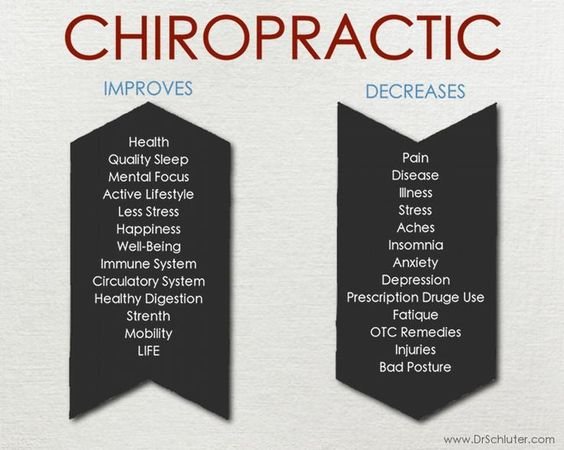Recognize The Surprise Factors For Your Back Pain And Take Positive Actions Towards Far Better Health And Wellness
Recognize The Surprise Factors For Your Back Pain And Take Positive Actions Towards Far Better Health And Wellness
Blog Article
Web Content Produce By-Suarez Knudsen
If you're experiencing back pain, your body may be trying to tell you something more than simply discomfort. The method your back really feels can supply valuable ideas concerning your overall well-being. Recognizing the particular type of discomfort you're feeling and any kind of coming with signs is crucial to untangling the enigma behind your pain. Let's discover the usual problems and signs and symptoms related to various types of pain in the back to shed light on what your body may be signaling.
Types of Pain In The Back
When it comes to back pain, there are various types that you may experience. One usual kind is muscle mass discomfort, commonly triggered by overuse, stress, or injury to the muscular tissues and tendons supporting the spinal column. This kind of pain can vary from mild pain to extreme and incapacitating pain.
An additional type is nerve discomfort, which can result from problems like herniated discs or sciatic nerve pain. Nerve pain typically presents as a sharp, shooting sensation that emits down the leg.
Joint discomfort in the back can stem from problems like arthritis or sacroiliac joint dysfunction. mid lower back pain of pain is normally really felt in the reduced back and can be intensified by particular activities.
Furthermore, pain in the back can be connected to architectural problems such as spine constriction or vertebral fractures. Comprehending the kind of neck and back pain you're experiencing is vital in establishing the appropriate therapy and monitoring strategies.
Common Manifestations to Expect
Relocating past the various kinds of neck and back pain, it is essential to identify the typical signs and symptoms that can signify underlying concerns.
Relentless back pain that gets worse with activity or during the night can suggest an extra significant problem. Numbness or prickling in the legs or feet, specifically when accompanied by weakness, might indicate a nerve-related concern. If you experience unexpected weight loss in addition to back pain, maybe a sign of a much more systemic condition.
Focus on any kind of changes in bladder or digestive tract function, as this could be linked to spinal cord compression. https://www.webmd.com/back-pain/news/20170411/chiropractors-not-magicians-when-it-comes-to-chronic-back-pain , cools, or evening sweats together with neck and back pain may indicate an infection. Watch out for discomfort that radiates down one or both legs, potentially a measure of sciatica.
Health And Wellness Conditions Linked to Pain In The Back
If you struggle with back pain, it's critical to understand the prospective wellness problems connected to this pain. Pain in the back can be a signs and symptom of various underlying issues, including muscle strains, herniated discs, osteo arthritis, back stenosis, and also conditions like kidney rocks or infections.
Muscle stress prevail and commonly arise from lifting heavy objects or unexpected motions.
Herniated discs happen when the soft tissue in between vertebrae protrudes, creating nerve inflammation.
Osteoarthritis, a degenerative joint illness, can bring about back pain as cartilage material wears down.
Back constriction, the constricting of the back canal, can tax nerves.
Kidney rocks may cause extreme neck and back pain if they move right into the urinary system tract.
Infections like back osteomyelitis can also show up as pain in the back. Comprehending these prospective health and wellness conditions can help you seek proper medical care and management for your pain in the back.
Verdict
So, following time your back injures, focus on the kind of pain and accompanying signs and symptoms. Maybe a signal from your body concerning underlying health conditions like muscular tissue stress, nerve issues, joint issues, or even structural problems. By recognizing these indications, you can take positive steps to address the origin of your pain in the back and enhance your general wellness and health.
